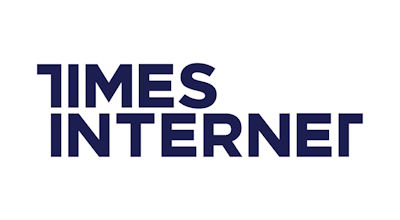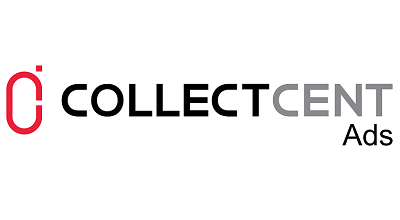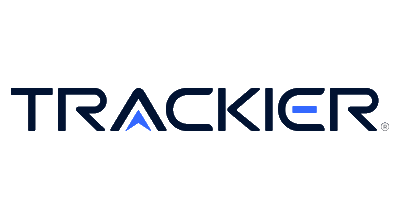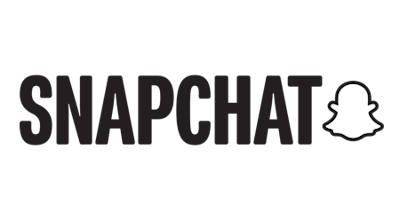AD:TECH – The total number of mobile internet users is likely to double to around 650 million by 2020. What would be Citibank’s one key strategy that you could share with us, for mobile marketing in the coming year?
Nikhil – High speed mobile internet adoption is expected to surge from 56% to 85% of total mobile internet users by 2020 with close to 550 Mn consumers with high speed internet from a total of 650 Mn consumers in 2020. Data consumption is also set to expand to 7-10 GB from 700 MB. All these growth trends will amplify Citi’s digital first strategy for mobile marketing for years to come. We will continue to invest in innovative tools to further listen to our consumers’ needs and aspirations so that we can continue to contextually reach out to them communicate the most relevant offers and content. We will be investing a lot in our online assets such as our website and Citi Mobile App. We already have introduced a lot of cutting edge features such as snapshot where-in consumers can view most relevant details without even logging in. We will also be coming up with a gold standard product – “Hello” which is the WhatsApp/skype equivalent in banking. With this product, some of our affluent consumers will always have access to their relationship managers with a click of a button and most of the transactions/decisions can be made on the spot.
AD:TECH – How would you see the role of the new age ‘Digital’ CMO evolving by 2020?
Nikhil – New age ‘Digital’ CMO would need to focus on digital experiences and early engagement to draw consumers closer to the brands and more efficiently driving conversion and transactions. With superior digital techniques, every initiative will become measurable. Segmentation will become micro-targeting, optimizations will be real time, investment and impact will be highly correlated. The new age Digital CMO will need to learn the skills required for marketing technologists and chief digital officers. Digital CMOs will need to think beyond digital marketing and identify opportunities to create brand engagement and revenue streams enabled by convergence of social, mobile, cloud, artificial intelligence and rich information. Tailor made marketing messages will gain even more importance with this change. Relationship between CMO and CIO will also get re-invented for the new-age and would together need to work and be co-architects of the digital strategy and offer hyper-personalized, contextually relevant and insight driven offers and communication to the customers. With insightful data and tools available for the Digital CMO, the role will gain even more prominence in growing business, categories and volumes.
AD:TECH – What has been a key success story of Citibank in India in the past few months and it would be interesting to know how was that made possible?
Nikhil – Digital media interaction and engagement with the customers are our top priorities. On an average, the digital media skew is greater than 50% which is in stark contrast to a 10% digital contribution three years back. 40% of our new business every month (credit card acquisition & loans) is done via digital marketing and is purely online. This is one of our biggest success stories. All marketing campaigns have a direct impact on usage and ‘New To Bank’ acquisitions. In our journey to disrupt digital media, we use latest cutting edge marketing technologies across platforms such as data management platform (for personalized cloud based solutions), Sprinklr (Social Media management), Adobe Suite (Site Catalyst & Test and Target for own traffic analysis and customer journey simplification), Google Double Click (For attribution modelling and ad server for serving real time communication on GDN network), etc.
We have also overhauled the marketing strategy to create a “digital perceptual scale” by striking deep integrations with digital hotspots across consumer passion points such as Travel, Dining, Shopping and integrating brand interventions across the consumer journeys. We did this by making marketing assets ‘mobile-first’, developing & deploying a real-time content engine to deliver real time immersive content; namely webisodes, FB Live videos, info graphics, cinema-graphs etc.; and leveraging cutting edge technology trends such as virtual reality, 360 degree videos, etc.
Our most recent digital and social integrated campaigns #WhatsNewThisVacation (Travel), #WhatsYourDigiScore (Go-Digital), #WhatsOnYourPlate (Dining), #WhatsYourSummersEscape (Travel), and #WhatsYourDiwaliDelight (Festive)” led to accelerated momentum for Citi and enhanced customer engagement. Through these transformative times, today we skew more than three-fourth of our monies towards digital and are sourcing more than one-third of our cards and loans business via digital straight through processing. All these efforts have helped us achieve the highest brand preference globally within the Citi franchise across 100 markets and highest market share in card spends.
AD:TECH – What would be one of the biggest trends that you see today in Digital Marketing ecosystem?
Nikhil – Artificial intelligence, Chatbots and automation are the some of the biggest trends that will evolve in Digital Marketing ecosystem. Artificial intelligence is changing the work culture gradually and it not only exists in digital marketing but has also made the lives of users and marketers easier. Natural language processing (NPS) has helped marketers understand language, sentiments, feelings, opinions, towards collaborating with the consumers in understanding precise requirements. Semantic analysis has come into play and is helping machines learn and relearn human sentiments in a way to extract valuable information from surveys. Messaging platforms are in at the forefront of consumer’s communication with Whatsapp, Facebook messenger, snapchat, etc. and conversational commerce will rule the roost in the next couple of years. This means consumers can look forward to doing everything from catching up with their friends to shopping online, booking movie tickets, flight check-ins, via conversational commerce with the help of Chatbots. AI powered Chatbots will redefine the act of doing things with APIs built into the digital hotspots. Amazon and Netflix are already offering a ‘recommended for you’ option to explore using AI powered algorithms. Content generation and other host of targeting will soon be automated with the help of AI powered algorithms.
AD:TECH – What would be a top challenge that you see in the Marketing Technology ecosystem at present from a Brand’s perspective?
Nikhil – Technology is changing at a faster pace than the ability for most brands to adapt to it and implement it. With this, there is constant need at marketer’s end to invest in the right kind of tools, metrics and resources to stay ahead of the curve. It’s also become a challenge for brands to identify the right set of partners who can help them design their communication strategy using the latest and the most relevant technology. The upfront investment required for a lot of these MarTech interventions becomes a big challenge more often than not. Also, in order to be seen as an evolving brand, a lot of brands are trying to do a bit of everything that’s new without carefully evaluating which tech innovations are the most relevant for their target customers and fit into their marketing strategies in a seamless manner.
Companies also need to understand the importance of investing in the right training of their teams with carefully planned modules around marketing technology. Brands would need to invest in the following categories in-order to stay relevant during consumer’s journey.
- Relevant Tools and tech integrated with legacy data and platform
- Upfront costs and payback
- Reliability and scalability
- Digital partners and solution providers.
AD:TECH – What advice would you give marketers starting out today?
Nikhil – With the pace at which the marketing landscape is changing today, frankly it’s no longer how many years you have been into this but the swiftness with which you adapt and move with the changing times. With a bombardment of content, it’s become difficult for brands to stand out in the clutter. To do that, marketers need to be on top of their game by constantly learning, innovating and challenging themselves. Also, with the way the world has shifted online, any execution goof-ups also get noticed real-time. This increases the importance of meticulous planning and seamless execution. God is in the detail.































































































